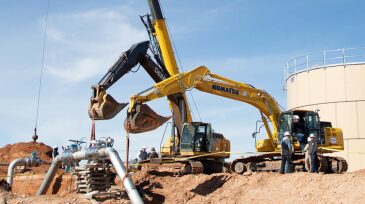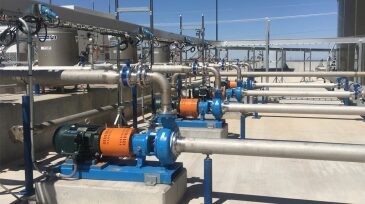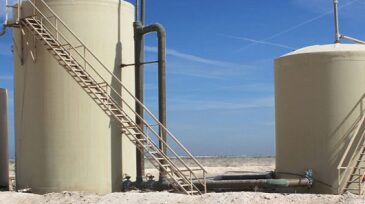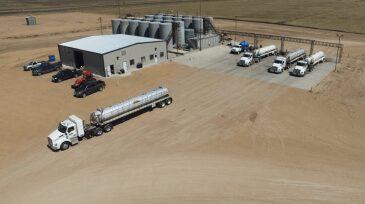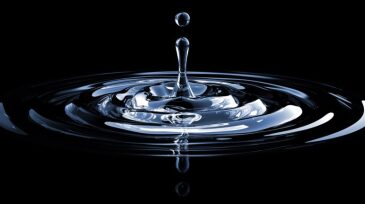produced water
-
After a planned acquisition of Goodnight fell through, private equity firm Tailwater Capital is boosting its total investment in the water midstream company to more than $500 million. Goodnight recently signed five long-term contracts with producers in the Delaware Basin and the Bakken.
-
Nanotechnology has great potential to reduce cost, increase production, and even improve the sustainability of E&P operations. But, where do we stand in terms of potential vs. reality? And, is the industry ready and willing to use the technology?
-
The $600-million deal sees NGL net around 580,000 B/D in disposal capacity and 680,000 B/D in transportation capacity via 19 saltwater disposal wells and a network of produced water pipelines. Hillstone also holds an aggregate of more than 110,000 acres in the Delaware Basin.
-
The projects are intended to accelerate the development and commercialization of treatment technologies to reduce waste water that is being injected into disposal wells and increase water supplies for reuse.
-
The deal sees H2O Midstream increase its produced water gathering network to more than 435,000 B/D of disposal capacity and 190 total miles of pipeline. The Permian water midstream company will add more than 40,000 B/D of recycling capacity with the option to double that capacity over time.
-
A joint-venture agreement gives Solaris control of Concho’s produced-water infrastructure in New Mexico, and Lagoon Water Solutions closed on a deal with Continental in Oklahoma.
-
Getting water is a big issue for those who fracture wells, as is the disposal of it. The number of companies investing in water facilities and reuse, though, remains a minority.
-
The Permian gets the lion’s share of attention when it comes to produced water, but other basins have a need to haul volumes off-site. How has the market changed in these areas recently? Is there a greater enthusiasm for pipelines, and can water midstream thrive?
-
Not all produced water is the same. A seminar held by SPE and associated with the Water Life Cycle and Strategy Technical Section will look at the different types of produced water and the different ways in which produced water is handled in various regions around the world.
-
As Permian production ramps up and saltwater disposal well capacity is pushed to its limit, companies see a need to develop collaborative, commercially viable methods of handling produced-water volumes. If reuse remains at its current rate of only 15%, operators could face a $30-billion tab.

